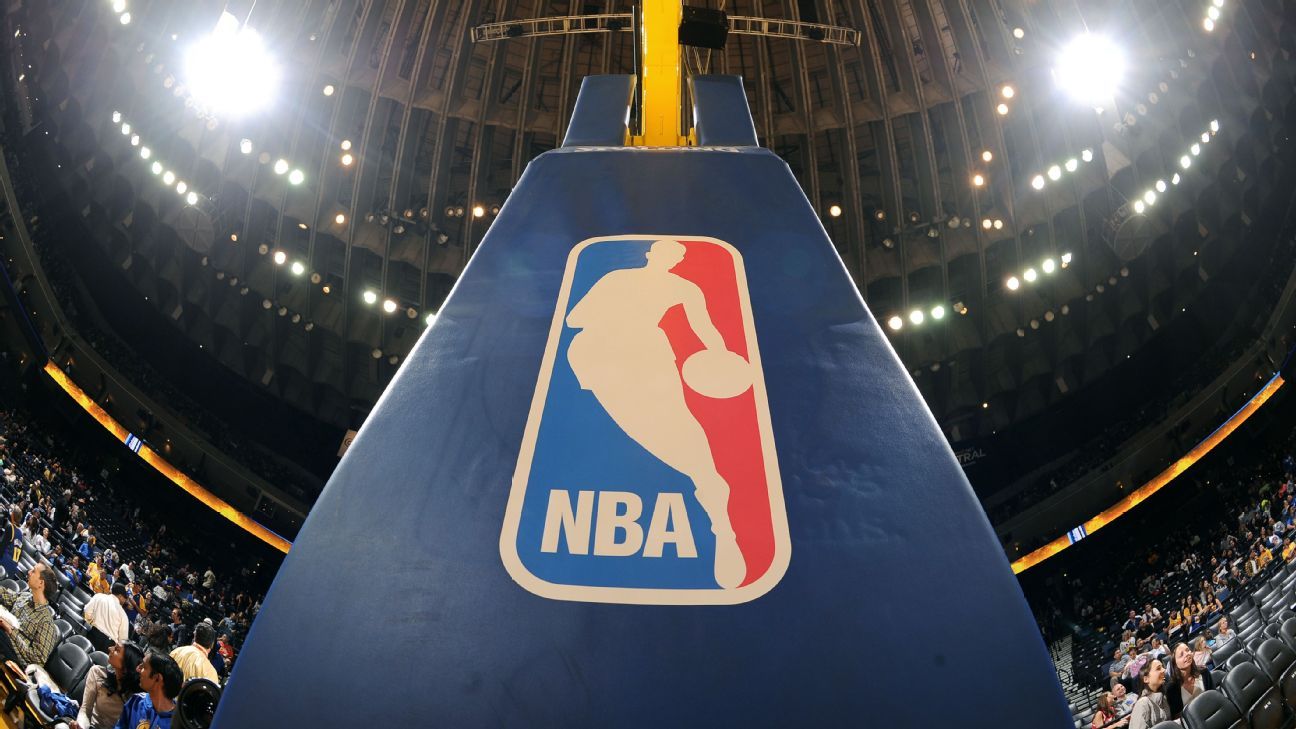For the third time since May, the NBA and National Basketball Players Association are extending a negotiating window that preserves each side’s rights to terminate the collective bargaining agreement due to the pandemic, sources told ESPN on Thursday.
The NBA and NBPA agreed on a new Oct. 30 deadline to complete ongoing discussions on modifications to the CBA for the 2020-21 season, a date that requires the league or union to provide 45 days’ notice if either decides to terminate the CBA — a scenario that sources continue to believe is a remote possibility.
Talks between the NBA and union have been productive on making the necessary financial allowances on 2020-21 salary-cap and luxury-tax thresholds to account for the massive losses in revenues from the pandemic, sources said. There remains uncertainty surrounding the league’s ability to have full or partially full arenas with fans next season.
Ongoing talks are centering on increased escrow taken from players’ salaries, sources said. The league and union are still awaiting full audits on the Basketball Related Income that accounts for the league’s 51-49 revenue split with players.
The NBA and NBPA are working on a resetting of the 2020-21 salary-cap and luxury-tax numbers based upon those audits and financial projections for the next year. This allows teams, agents and players to have more time to prepare for the financial realities of the pandemic’s impact on the league. As the NBA draft approaches on Nov. 18 — and free agency is expected to start soon after — teams are anxious for the league to reach an agreement with the union and deliver them more certainty on the cap and tax bills.
Many teams are hopeful they’ll have a 10-day-to-two-week runway prior to the draft to end the moratorium on player movement, allowing franchises to start making trades and freeing up players’ ability to opt in or out of 2020-21 contracts.
Among the league’s primary motivations to delay the start is the hope that teams can eventually bring fans safely back into arenas for games and restore an immense part of the league’s revenue stream. NBA commissioner Adam Silver says game-night receipts account for approximately 40% of the league’s revenues.
The possible termination of the CBA would largely be a mechanism to scrap the current financial structure, a move that would likely lead to a significant stoppage in play. The NBA’s current CBA extends through the 2023-24 season, with a mutual opt-out available after the 2022-23 season. So far, there has been no signal that the owners are considering such a dramatic move.
In an ordinary year, the NBA and NBPA calculate the new salary cap between the end of the draft and the start of free agency. This time, the NBA is aware of teams’ sense of urgency about having those new cap and luxury-tax figures before the draft because they dramatically influence how teams approach decisions — including trades and the buying and selling of picks.
Included in the most dire league scenarios, sources from some small-market teams told ESPN they are fearful of losing more than $20 million in revenue-sharing payouts from big-market teams next season. Those sorts of projections affect competitive balance and are the models the NBA and NBPA would want to sidestep in these CBA discussions.
For example, the CBA has a projected 2020-21 salary cap of $115 million, with a luxury-tax threshold of $139 million. Amid the loss of revenue streams, some teams fear that the cap and tax could fall as much as $25 million to $30 million. Without the NBA and NBPA negotiating a new mechanism for the cap, the league could have 25 of its 30 teams stuck in luxury-tax payments based on projected payrolls — something that would chill free agency and limit the ability of many organizations to operate in a normal manner in the marketplace.
For instance, the Golden State Warriors’ projected tax penalty of $45 million would rise to $160 million before the start of free agency.
“This CBA was not built for an extended pandemic,” Silver told the NBPA membership, according to audio obtained by ESPN in May. “There’s not a mechanism in it that works to properly set the cap when you’ve got so much uncertainty, when our revenue could be $10 billion or it could be $6 billion. Or less.”
ESPN’s Bobby Marks contributed to this report.
